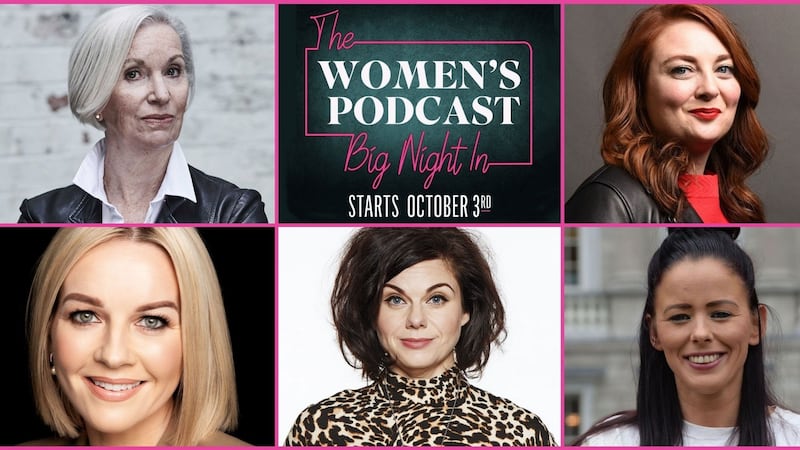Whenever I’m on the road from Dublin to my home in Co Carlow, I find myself singing that great song from Calamity Jane:
I just blew in from the windy city
The windy city is mighty pretty
But they ain’t got what we got –
No sirree!
Take yesterday on the Barrow towpath. A fisherman beckoned us over as we walked past. He pointed to a huge pike, silver and ghostly, quivering below the surface of the water. It was surely two foot long, maybe three foot, he whispered.

We left him to wonder happily about the size of the pike and walked on in the sunshine. There was a heron on every weir, the odd flash of a kingfisher, and all along the green grassy path families on bicycles and friends strolling beside the water as the canoes glided past.
What Co Carlow has and what other places ain’t got is two unofficial national parks: the Barrow Valley with its 114 kilometre long grassy towpath marks the western side of the county and the Blackstairs Mountains Range marks the east. There is nowhere in this county where right on your doorstep you can’t find stunning natural beauty and space to walk or climb or cycle or ride your horse or paddle your canoe.
Carlow doesn’t have a coast but Ireland’s second longest river provides swimming and boating and fishing. The river beauty is intimate, not public like the coast, while the mountains are magnificent and largely undiscovered.
Borris has established a linear park up on its old railway viaduct with a view of the mountains, and there are plans for a greenway along the old railway line from Bagenalstown down to Pallas East and linking up with the New Ross greenway.
If you move down here, there are some things you’ll have to get used to. In this county people say hello to one another. It can be little more than a jerk of the chin and a “howaya” or one finger raised off the steering wheel. But fail to do it and you’ll be labelled stuck-up. There’s no greater handicap down here than to be labelled stuck-up.
And don’t get upset when people beep at you. Most of the time, it’s a neighbour saying hello.
What else does Carlow have going for it? Cheaper housing. Prices range from €193,000 to €220,000, though Carlow town may be more expensive. Houses are available, and many developers who completed only phase one of their estates before the last recession are starting to build again.
Commute times to Dublin are little more than an hour from Carlow and Bagenalstown train stations, or by car, and there are 13 buses a day from Carlow to Dublin Airport.
Before Covid-19 hit, there were about 6,000 commuters to Dublin but increasingly people are able to work from home so some are looking at bigger homes further south in the county. The closed shops on town main streets provide living and work space that is eminently affordable. Broadband has improved – though in the south of the county, where I live, I had to try four different providers before I found a solution.
Are there jobs locally? Yes, says Ciarán Comerford, head of enterprise with Carlow County Council. There’s Autolaunch and Alltech in the south of the county. Netwatch and Burnside Group and Carlow IT are big employers in Carlow town. Comerford says that many couples who move down here have one person who commutes to Dublin for work and another who works locally, often part-time, in retail or in the hospitality sector.
The influx of new people, or returning Carlovians, promises a big boost for the local economy , he says, and already you can see it in the evenings and at weekends in restaurants and pubs and yes: they’re still open down here.
And don’t forget the Arts: Carlow’s Visual Arts Centre hosts exhibitions and performances in the Bernard Shaw Theatre. The Éigse Arts Festival is held in June as is the prestigious Festival of Writing and Ideas in Borris House.
There are some really good restaurants: Lennon’s in Carlow; the Lord Bagenal in Leighlinbridge; The Stephouse in Borris; Clashganny House outside Borris. Nice cafes near the river include the Mullicháin Cafe in historic St Mullins, and the Waterside, the Daisy Chain, and the Duiske Inn in Graignamanagh, which is just across the river in Co Kilkenny.
To me it’s home, and that’s what it can be for so many others: a place where you belong. As my daughter, Dublin born and bred, put it: “Dublin never feels entirely yours.”











